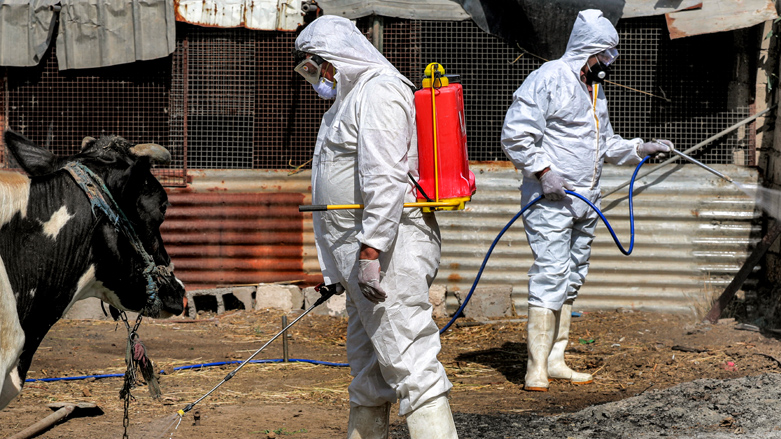Man dies of Crimean-Congo hemorrhagic fever in Kirkuk

ERBIL (Kurdistan 24) – The Kirkuk Health Directorate confirmed on Saturday that a man has died of complications from Crimean-Congo hemorrhagic fever, marking the first death due to the tick-borne disease in the province this year.
The 29-year-old man was believed to have had “interactions with animals” in Taza town in southern Kirkuk, according to Dr. Sabah Namiq, the head of the public health section at the Directorate, told Kurdistan 24.
This is the second infection that has been recorded in a week, the official said. Another man, suspected to have been infected by drinking milk from a sick animal, had been recovered and discharged.
Kirkuk last year witnessed three cases of the virus, one of which resulted in a death. In 2023, only two cases have been confirmed so far.
Iraq has recorded over 150 cases in the past six months, official figures from the Iraqi Ministry of Health.
The Kurdistan Region has so far recorded two deaths to the virus, official data shows.
Prime Minister Masrour Barzani on May 24 approved the allocation of $1.3 million to combat the spread of the virus, which has so far no known cure or vaccine.
The Kurdish Ministry of Agriculture recently issued a number of measures, including quarantining animals imported from abroad.
With a fatality rate of close to 50 percent, the virus has no known cure or vaccine.
The delayed treatment of livestock with pesticides, random animal slaughtering, and shortages of veterinarian staff are a few of the factors behind the recent rise in infections, according to the Ministry of Agriculture.
High fever and internal and external bleeding are the most common symptoms of the disease.
Kurdistan 24 Kirkuk reporter Hemin Dalo contributed to this report
